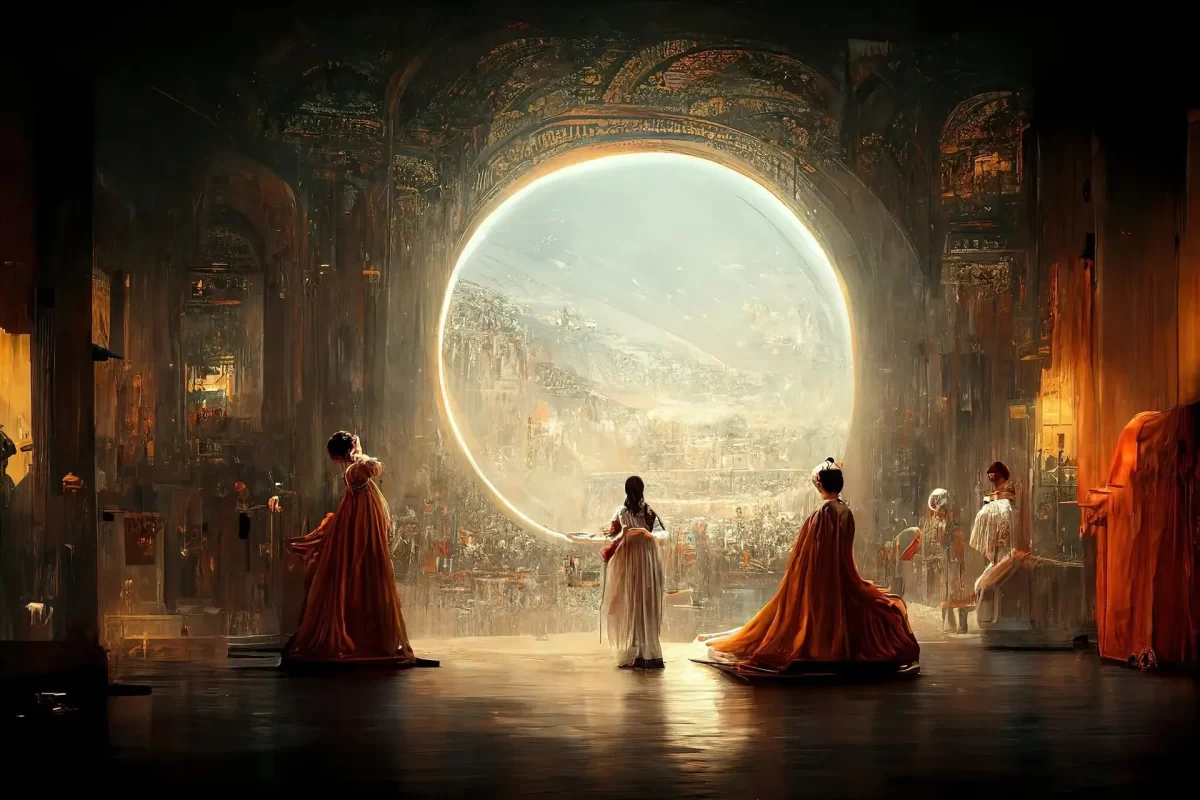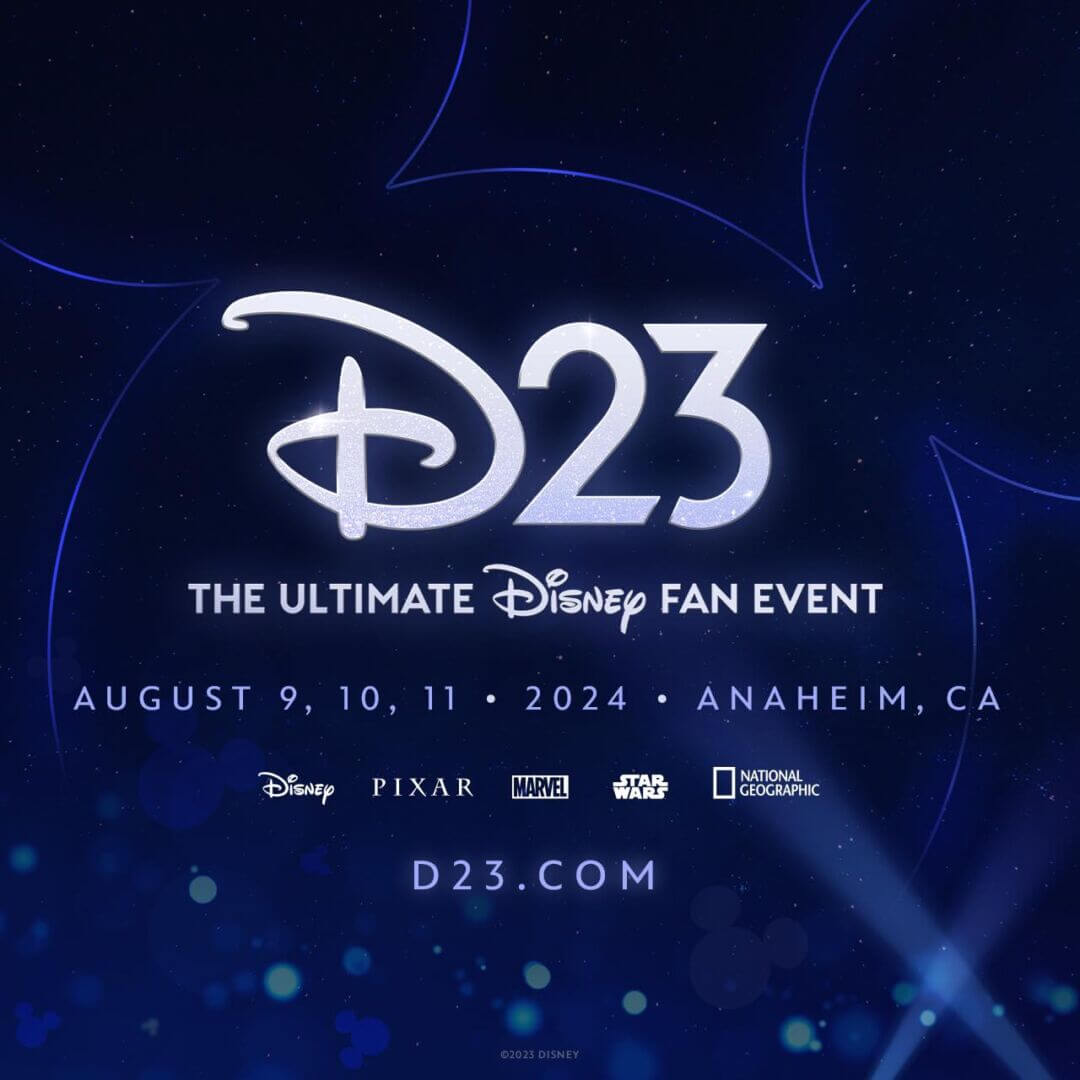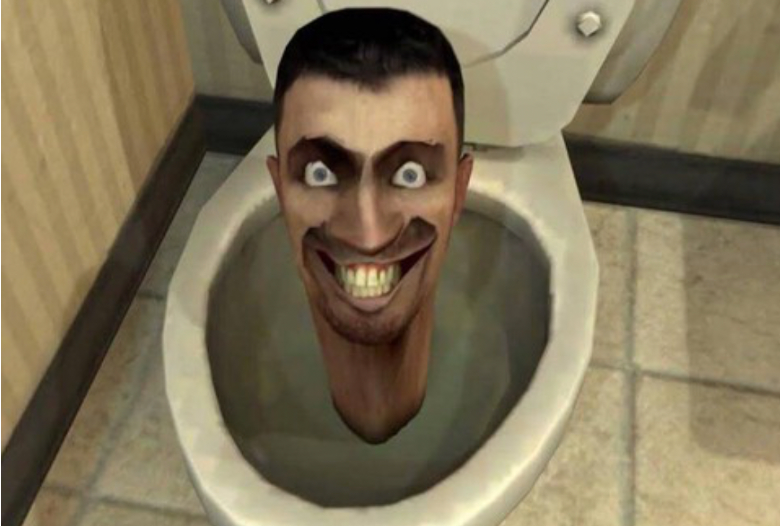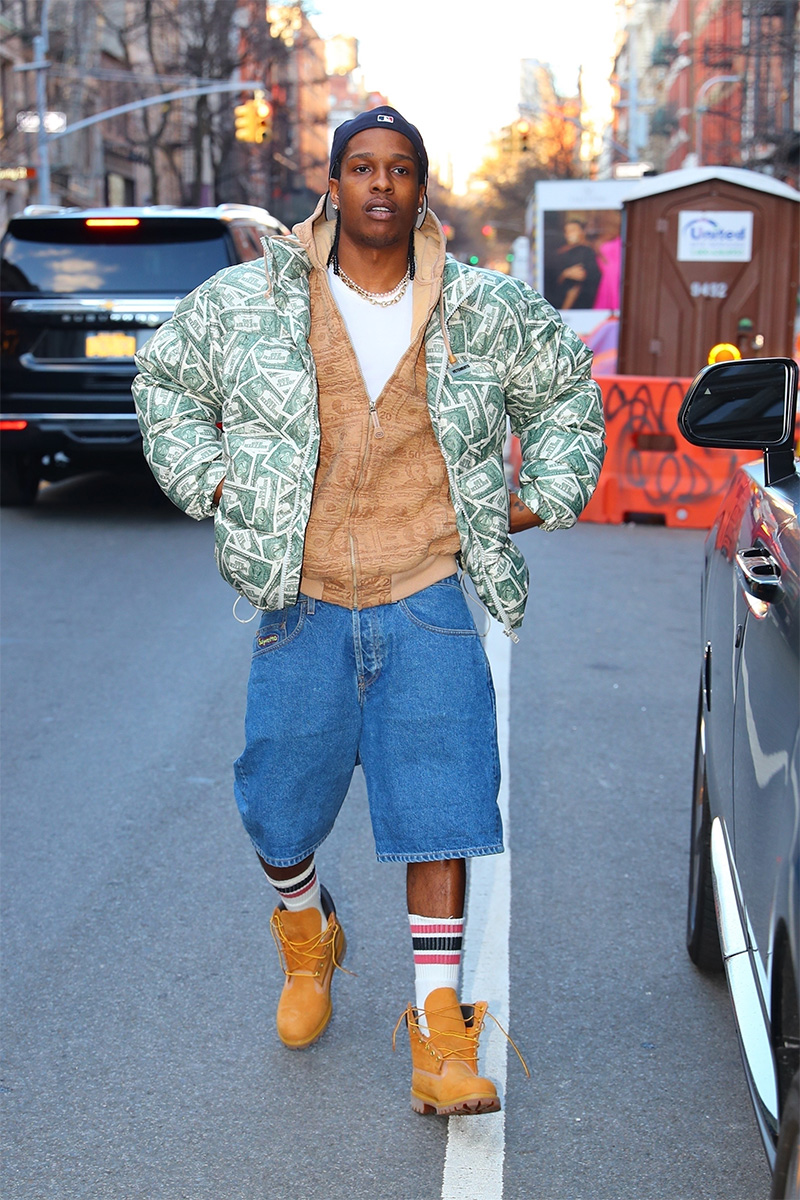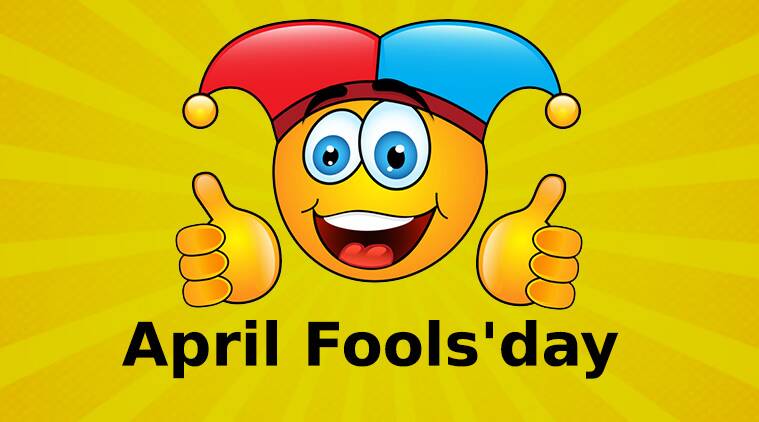Last year, at the Colorado State Fair’s annual art competition, Jason M. Allen was awarded first place in a digital art contest for his entry. His piece named Théâtre D’opéra Spatial caught the attention of artists everywhere and it has sprouted conversations about what artwork should and should not be allowed in contests.
Allen’s win at the art competition is extremely controversial because his entry was created with Midjourney, an artificial intelligence program that creates advanced images from text. Many wonder whether or not it is fair to allow AI-generated artwork into contests, let alone reward such pieces with a first-place prize.
Allen believes that he earned the prize fair and square and he doesn’t waste any time attempting to copyright the AI-generated image. He argued that the text prompts he came up with and the Photoshop edits he made on the initially generated image made it his original work. The US Copyright Office’s final decision on the dispute was that the piece Théâtre D’opéra Spatial is not eligible for copyright.
Plagiarism is a huge concern when it comes to AI platforms because as long as someone has ever posted their work on the internet, it is available to AI text and image generators. Many argue that all art is inspired by someone else’s art, which is true, but the extent to which AI copies an artist’s original work cannot be controlled. There was once a fear that photography and digital art would replace traditional artists, however, cameras and graphic editing apps like Procreate are simply tools used to aid artists in crafting their own works. AI can also be a tool as long as what the program creates isn’t labeled as the artist’s creation. Programs like Midjourney should be used to provide ideas or references that can then be used to craft original artwork. Simply touching up an AI-generated image does not earn you the title of an artist.
Compared to traditional art which often takes several hours to produce, AI art requires much less skill and technique and can be generated within minutes. It doesn’t require the ability to mix colors, have a steady hand, or practice for several years. All it takes is a sentence or two.
A worrying reality is that new generations will become reliant on AI to create art just as today’s youth are dangerously dependent on ChatGPT and other AI programs to write essays. As the world progresses, people find quicker, cheaper, and easier ways to do things; however, artificial intelligence could truly be detrimental to artists already struggling to survive.
People will no longer value artists, after all, why would they pay for an artist’s time, energy, and supplies if they could simply generate whatever art they want on a website for a fraction of the price? AI takes jobs and it is already difficult enough to make a living as any type of artist. We should not let artificial intelligence destroy people’s desire to be creative.


